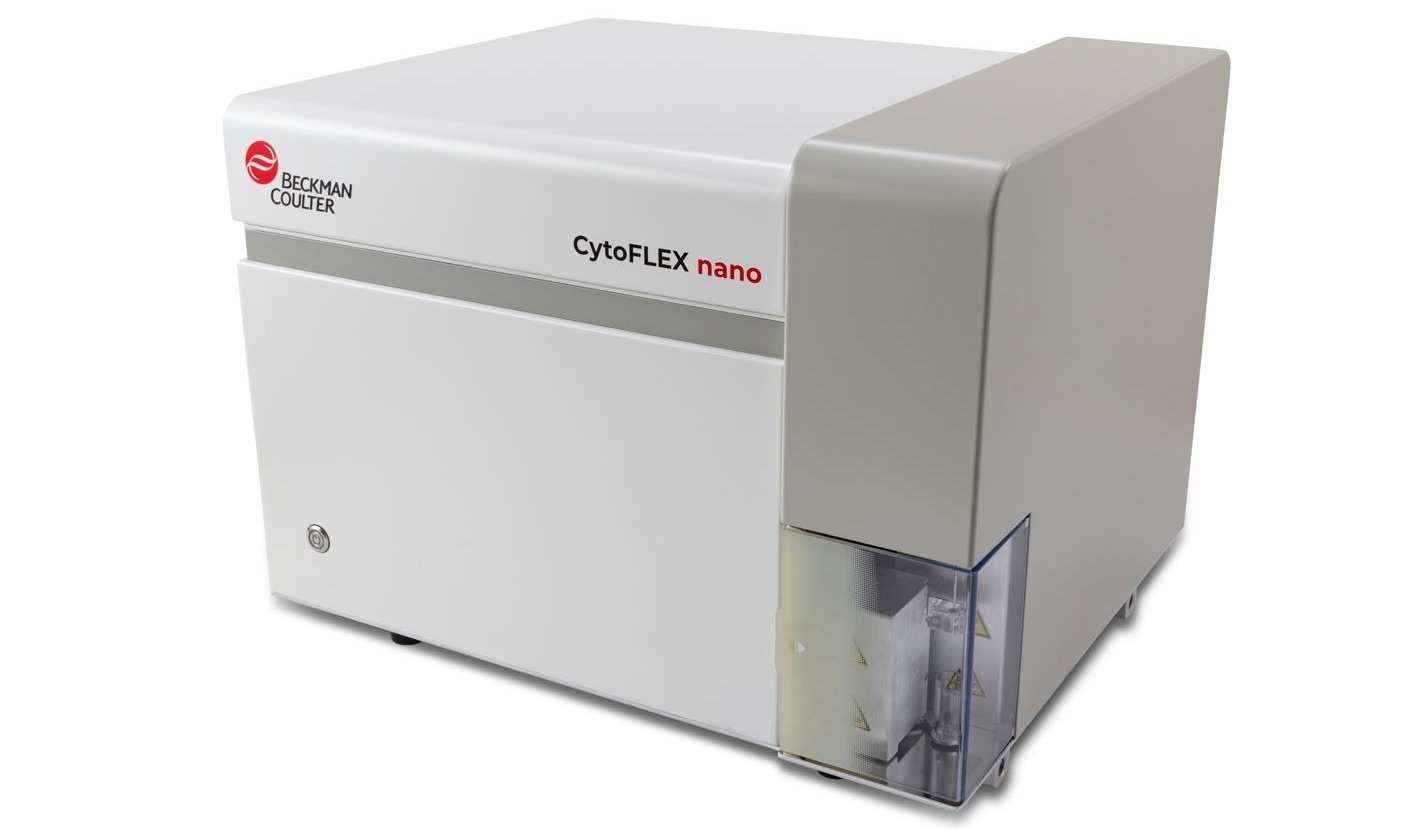Pioneering Nanoparticle Detection with CytoFLEX nano
Beckman Coulter Life Sciences, renowned for its commitment to laboratory automation and innovation, has once again set a new industry standard with the introduction of the CytoFLEX nano Flow Cytometer. As the inaugural nanoscale flow cytometer designed for research purposes, the CytoFLEX nano marks a significant advancement, boasting the ability to detect particles as small as 40 nm. This capability represents a 30-50% increase in data generation over existing technologies in the market, providing researchers with unprecedented access to detailed nanoparticle information.

Image Credit: Beckman Coulter Life Sciences
Enhancing Research Capabilities and Outcomes
The CytoFLEX nano Flow Cytometer is equipped with unparalleled sensitivity, capable of detecting, counting, and characterizing nanoparticles through its sophisticated analytical system. It features six fluorescent detection channels and five side scatter channels, enhancing the resolution and lowering detection limits for diverse extracellular vesicle (EV) populations, ranging from 1 μm to 40 nm. Matthew Goff, the product manager, highlights the transformative impact of the CytoFLEX nano, noting its potential to facilitate breakthrough discoveries in disease research by allowing scientists to access previously unreachable data.
Broadening Research Horizons with Less Invasiveness
The instrument’s innovative design extends beyond its technical capabilities, focusing also on user experience and sample integrity. It incorporates multiple automated cleaning options to minimize sample-to-sample carryover and maintain clean sample lines, ensuring consistent, reliable results. According to Alfonso Blanco, Director of the Flow Cytometry Core Technologies at University College Dublin, the CytoFLEX nano not only expands the scope of research possibilities but also allows for the development of complex biomarkers from non-invasive sources like blood or urine, significantly reducing patient discomfort and improving diagnostic results. This blend of ergonomic design, consistent performance, and groundbreaking sensitivity empowers researchers to push the boundaries of scientific inquiry while maintaining high standards of data integrity and reproducibility.
